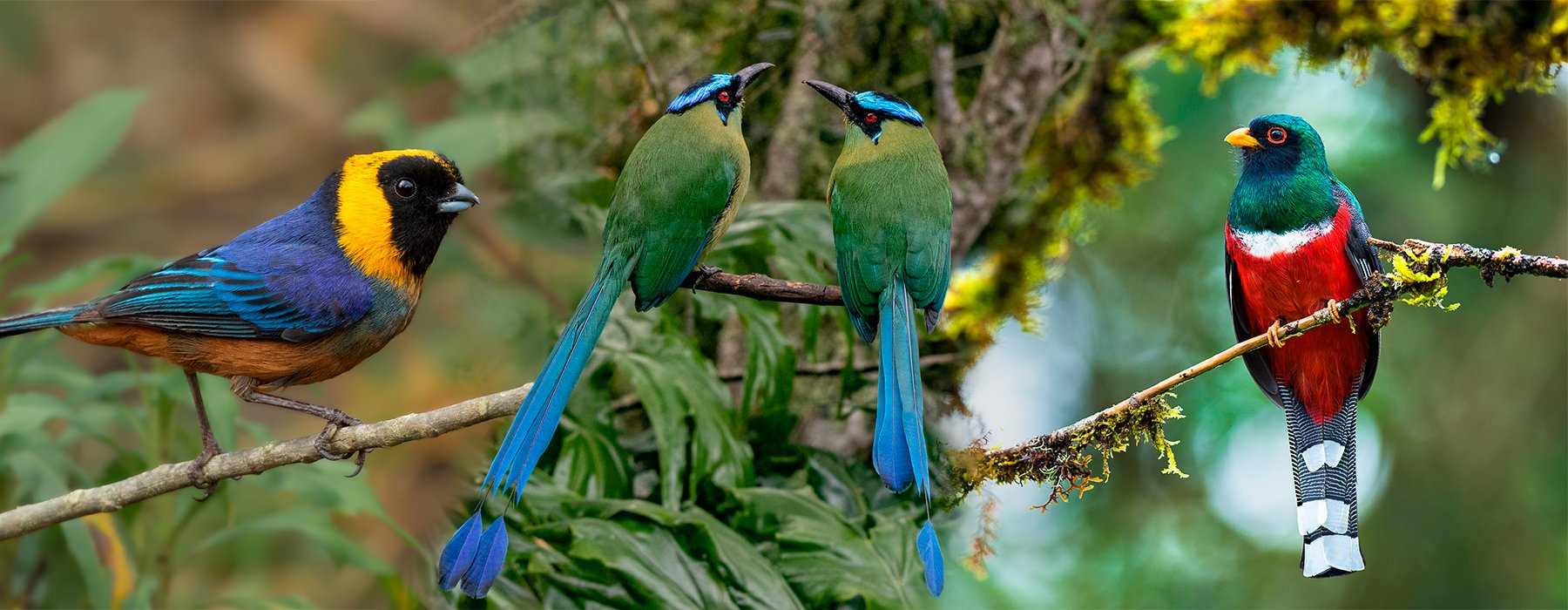
Birds of Machu Picchu , The extraordinary ruins of Machu Picchu, at an elevation above 2400 m, were among the most amazing creations of the Inca Empire at its height: its giant walls, terraces and ramps seem to have been cut out of continuous rock escarpments. This remote site lies on the eastern slope of the Andes on the upper reaches of the Amazon basin in a region exhibiting a rich diversity of flora and fauna.
Birding in Machu Picchu is a unique and unforgettable experience. The cloud forest surrounding the stone city is full of beautiful and colorful bird species. The best birding near the ruins might be on the walk up to the “windows of the sun”, Inti Punku, for Inca Wren and Brush-finches. Besides the ruins, you should spend at least one morning birding the humid montane forest in the Aguas calientes area (5,578 feets).
Machu Picchu has the most beautiful and astonishing scenery, in addition, has such rich biodiversity, among the 352.590 hectares that protects the citadel of Machu Picchu and the surrounding mountains. Birding in Machu Picchu is certainly, a must to do for every birder worldwide. Its large number of endemic bird species, and the long walks, that offers its surroundings, allow you to observe the great variety of birds, having great opportunities for bird watching, whether you are a beginner or a professional bird watcher.
Within the Sanctuary, there are more than 400 species of birds, around 700 species of butterflies and more than 400 species of orchids, that is to say up to 10% of all the biodiversity of Peru!
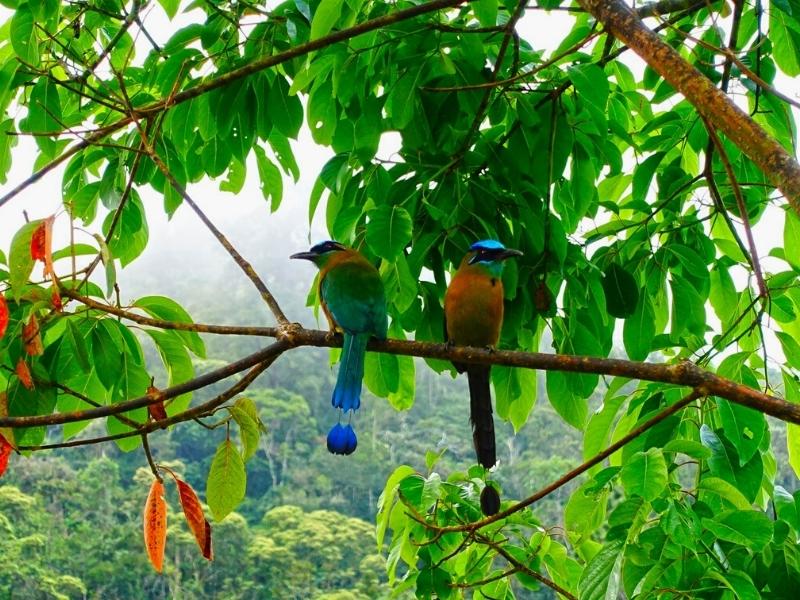

Andean Condor (Vultur gryphus) – Birds of Machu Picchu Peru. This bird can travel hundreds of thousands and spend hours gliding majestically along canyon walls, or over slopes in search of a carcass to feed on. Condors have difficulty taking off after eating, due to the great weight they gain during the meal and the enormous size of the bird (its wingspan can grow up to 10 feet wide!). Because of this, Andean condors live in windy areas like mountains to help keep them airborne.

This is an endangered species, so little is known about the creatures. Young birds are less wary of photographers, so you’re more likely to see them hunting squirrels, monkeys, and other smaller birds near the tree line. Female eagles lay a single egg in nests made of branches collected from flights throughout the cloud forest.
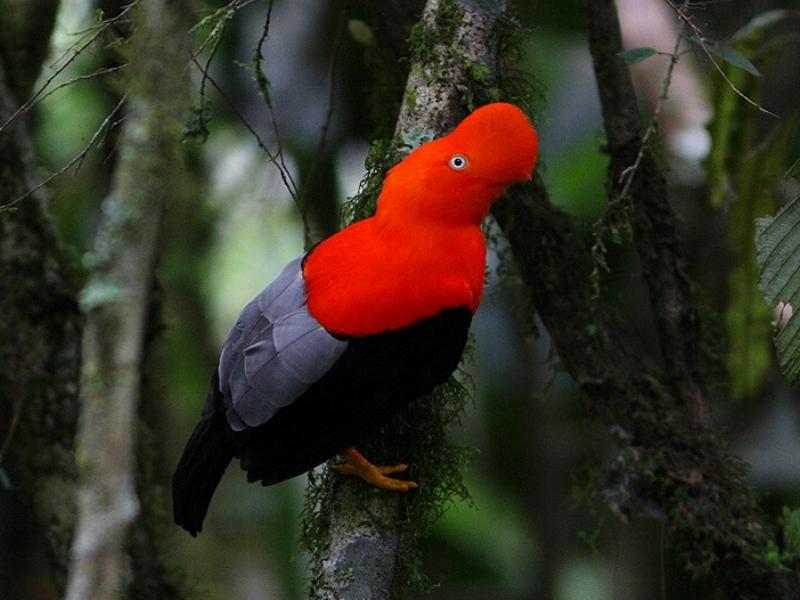
Cock of the rock – Birds of Machu Picchu Peru. The male Andean Cock-of-the-rock is an unmistakable (and luckily, near Machu Picchu, a quite common) sight, with br
illiant red-orange plumage, black-and-white wings, and a large fan-like crest that almost completely obscures its bill. The Andean Cock-of-the-rock can often be seen around rocky cliffs and ravines close to forest streams. In fact, its genus name, Rupicola, is derived from Latin words meaning rock or cliff inhabiting, a nod to this bird’s preferred nest sites.
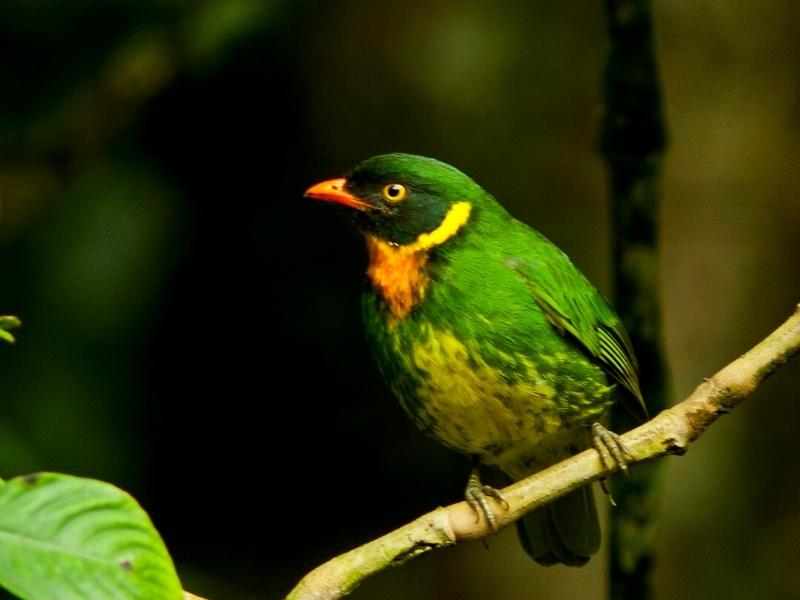
Endemic to the area, these stubby green birds forage for fruit among the canopy of montane forests. Thankfully this vibrant species has a conservation status of “least concern,” so there’s a good chance you’ll spot one on your trek. The female masked fruiteater will be entirely green with some subtle yellow on her underside, while the males are known for their black heads and bright patches on the chest.

It is located in high montane forests (1100 to 3300 m). Almost always we can find it perched on the branches of medium and large trees in the wooded area of the Wiñaywayna camp. In addition, it should be noted that it is one of the most beautiful birds on this route, it measures between 25 and 26 cm. Likewise, it presents chromatic dimorphism. The male is bright black, green and red in color. Meanwhile, the female has a black mask around the eye, a red abdomen and the rest is brown.

The Andean Motmot has green upperparts that shade into blue towards the wings. The underparts are greenish tawny. The crown is bright blue with a black center. It has a black mask fringed with blue and a long tail with a bare-shafted racket tip. Andean Motmot is larger, overall greener, and range at higher elevations than closely related Amazonian Motmot.
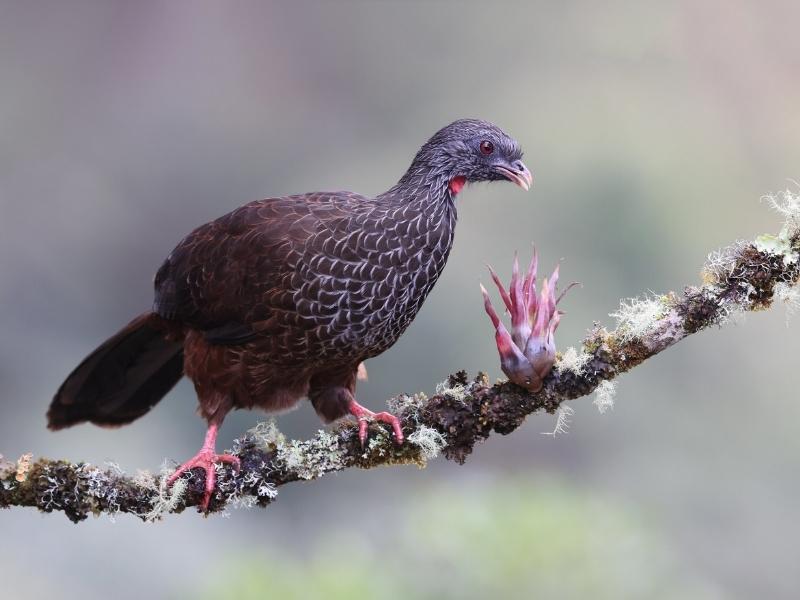
Widely distributed in humid mountainous forests ranging from 1700 to 3450 m. However, they walk in groups or alone. Dull brown in color with a small ridge. Also, at first glance it resembles in shape a hen with a slender silhouette. In addition, it is fruitful; It is located in the surroundings of the citadel of Machupichu. Consequently, he is observed on the descent section of the Intipunku (Sun gate). Above all, walking in the sloping branches of medium to large trees where it looks for its food. It is almost always very social if one approaches cautiously otherwise they tend to fly away.
Green above and white below, this mid-sized hummingbird is another species endemic to the Andes. Contrary to the similar white-bellied hummingbird who frequents more open spaces, the green and white hummingbird prefers humid and forested areas. This is another bird very often seen at Machu Picchu, so keep your eye out!

Also known as the Collared Inca Hummingbird, these birds feed on the nectar of the plethora of flowers of trees and shrubs in the Andean forests. They are mostly green with a black head and orange or white collar. In general, Peru has over 118 species of hummingbirds, or colibris, which translates as “Birds of the Sun God.”
The golden plumed parakeet can be identified by bright orange-yellow behind each of its eyes. You might catch a glimpse of their small noisy flocks floating over the cloud forest. These parakeets build their nests in cavities of wax trees, which are unfortunately at risk. Conservation efforts to rebuild the wax tree, and subsequently golden plumed parakeet populations are in place.
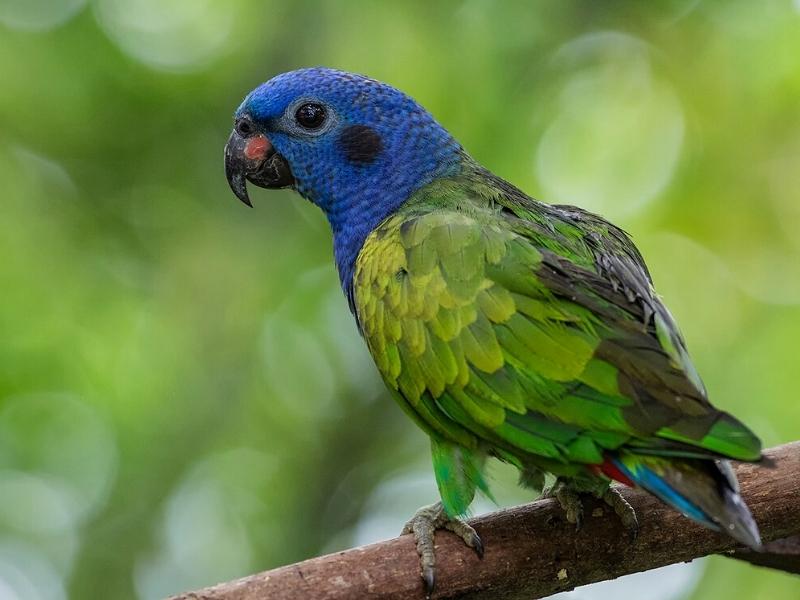
Originally found in the Andean forests, these parrots have become increasingly popular as house pets, as they are more laid back and quieter than other species. They feed on nuts and seeds and are found in humid forested or semi-open areas. Did you know that a parrots’ colorful plumage has a special bacteria-resistant pigment called Psittacofulvins? Only parrots are able to produce this pigment that gives their feathers beautiful red, yellow, and green coloration.
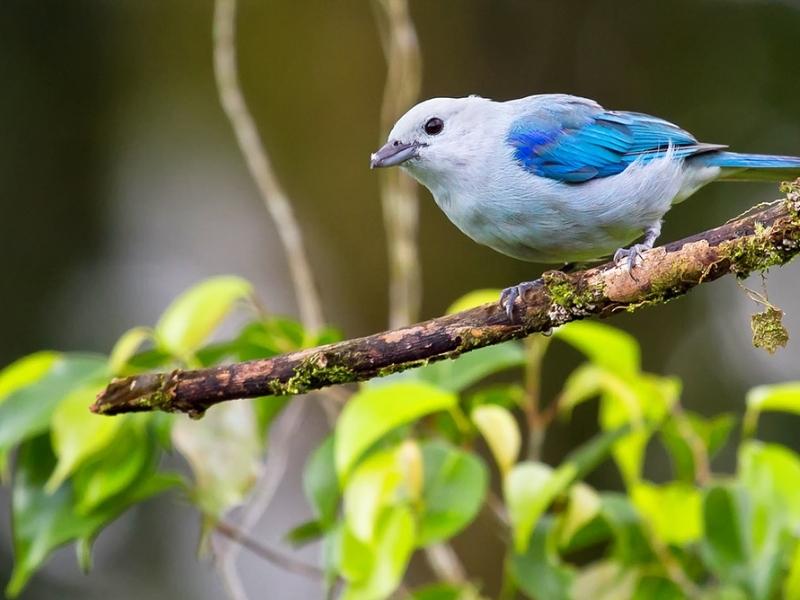
Typically traveling in pairs or small flocks, blue-gray tanagers are found in semi-open areas along forest edges and rivers. They like to eat in the middle and tops of trees, but nest in shrubbery. Their coloring is typically grey, green or purplish-blue, with a shoulder patch of lavender, dark blue or whitish. You’ll almost certainly see these common but beautiful aviators during your trip to Peru.

Spotted Tanager is mostly green above and whitish below with dense dusky specks on the upperparts and underparts. It forages in the canopy of montane forests. It is similar to the Yellow-bellied Tanager but is distinguished by having speckled underparts without yellow on the belly.
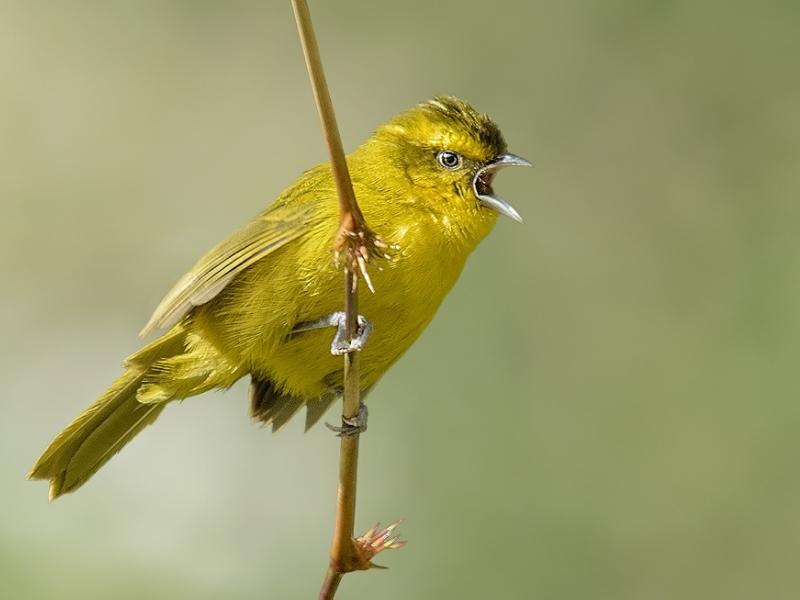
This is a small, olive-yellow tanager with a dingy face. Because of deforestation, this species is listed as “near-threatened.” Similar to its blue-grey family member, these birds are typically found solo or with a small group for foraging for insects in the understory and mid-canopy of the montane forests.
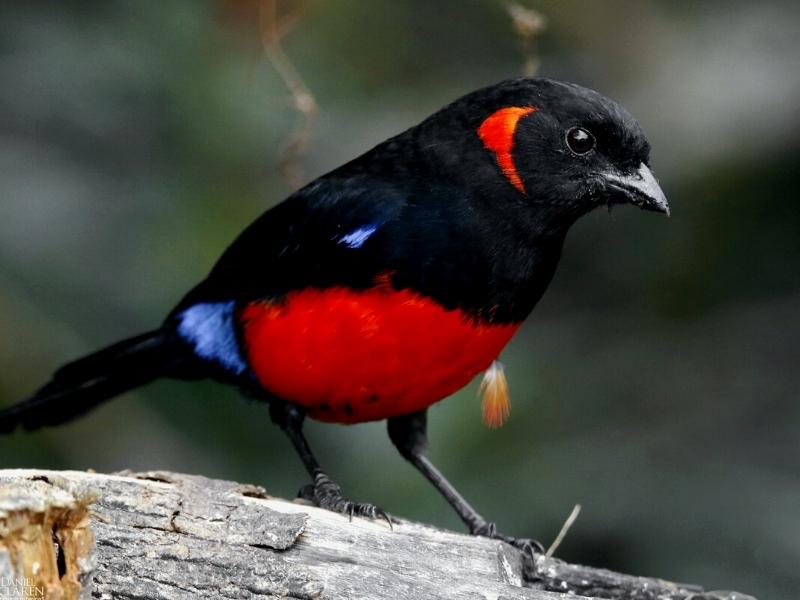
Very striking at first glance for its scarlet red and black colors, it measures 18.5 cm in length. Meanwhile, the juveniles have the same color as the adults. However, this one is more opaque. Consequently, it is observed in the descent of the second and third mountain passes that are covered on the second day, they alight quite frequently among the upper part of the bushes.
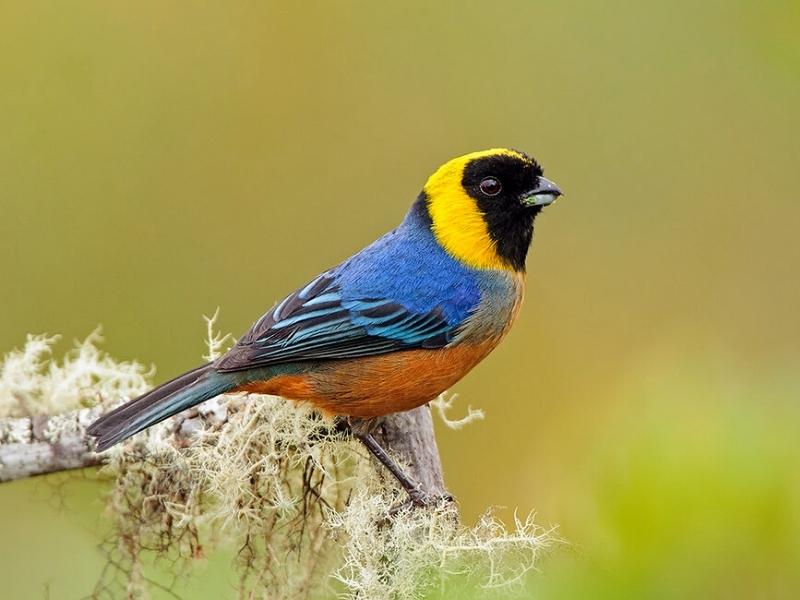
One of the most striking tanagers for the Inca trail. Due to its golden necklace located towards the back of the head that makes it very attractive. Also, both genera have the same plumage color. Above all, its habitat is dwarf forests, humid scrub between 2,900 – 3,700 m and can descend to 2,500 m. Consequently, it moves with mixed flocks (a combined group of birds that move through the cloud forest hunting for insects). Also, there is the entire descent of the third mountain pass “Phuyupatamarca” along the entire length. Above all, it moves in the middle and upper part of trees and bushes.

The classic Inca Trail hike to Machu Picchu is one of the world's greatest hikes. Along the 45 km you will explore unique andean valleys, lush mountain forest.An exquisite architecture of the Inca sanctuaries, which will dazzle you for its fineness and location within the Andes.

Peru was inhabited by the greatest civilizations in South America, such as the Chachapoyas and Incas. Those who have built the best engineering works, on large areas of the beautiful landscape of the Andes, and the jungle. This tour will take you to the most remote regions of Peru, where you can learn about its extraordinary traditions and rich history.

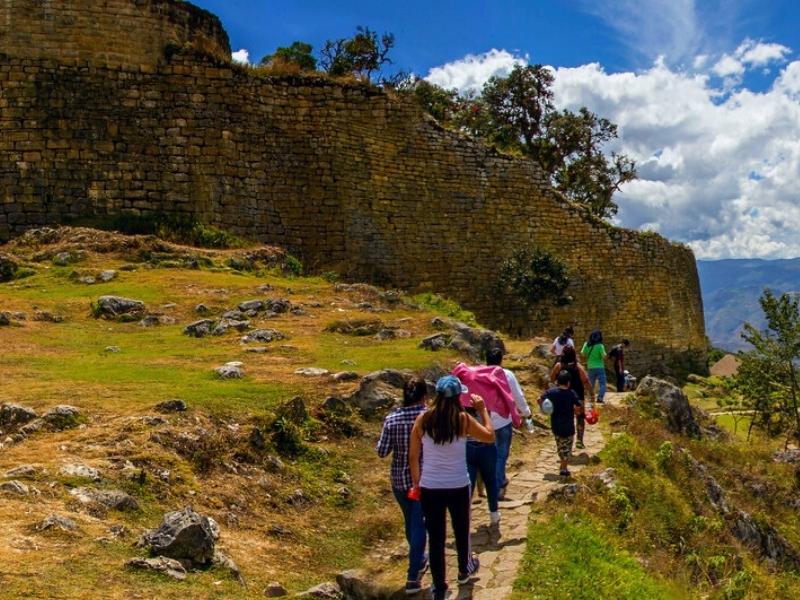
Visit Peru with your family or friends, and enjoy the best natural and cultural wonders. In this tour you will discover the best of northern Peru, where is one of the highest waterfalls in South America, the fortress of Kuelap, and the short route to Machu Picchu through an Inca trail, enjoying the empire of the Incas in all its greatness.

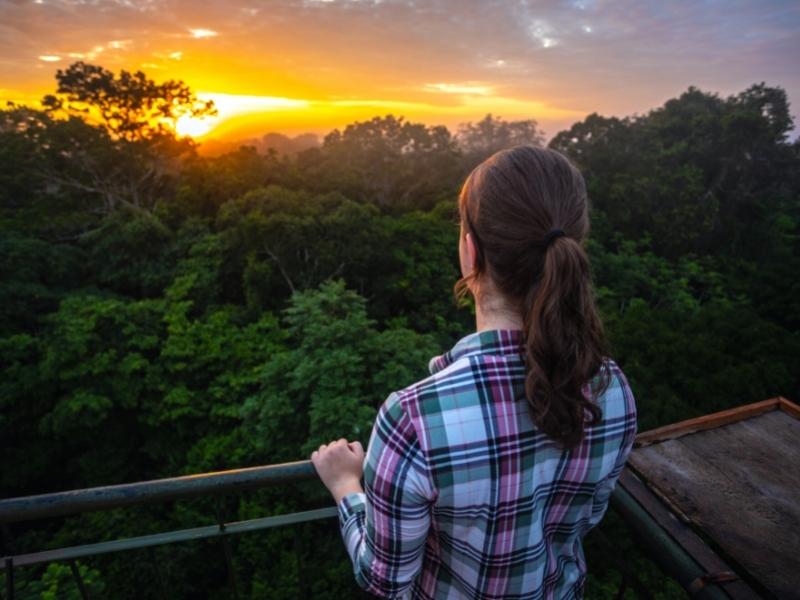
Dive deep into the culture and landscapes of Peru with this adventure to Machu Picchu, the Amazon and more. Search for wildlife along jungle trails and rivers in the rainforest from a comfortable lodge then head up into the Andes to Cusco, the capital of the Inca empire.


Peru is a multicultural country, and megadiverse, because it has different ecological floors, which have special microclimates, where ancient civilizations dominated the cold landscape of the Andes, and the hot coasts of the Pacific. It is also part of the great Amazon forest where a great variety of unique animals and plants coexist. This tour will take you to the most impressive landscapes in South America.

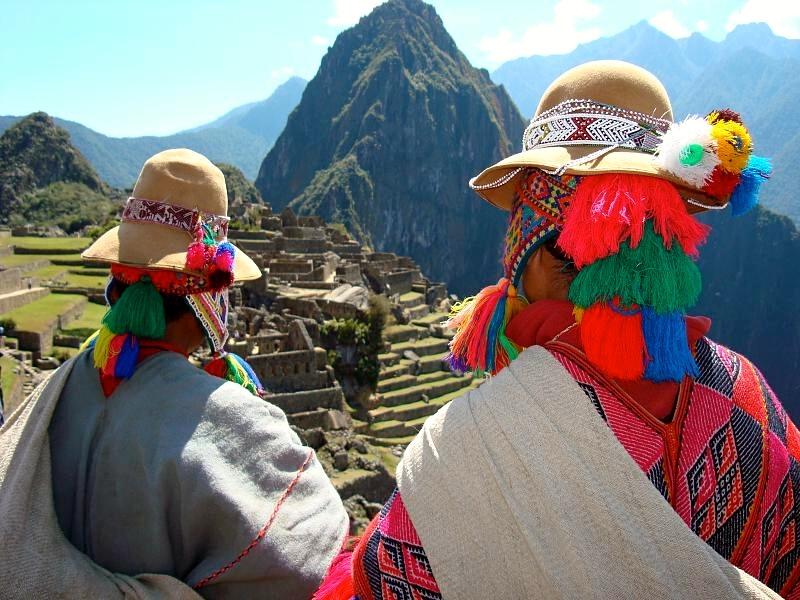
Colours of Peru calls to you with all the allure of the ancient and the mysterious. From the soaring peaks of the Andes to the lush Amazon Rainforest, from the pre-Colombian ruins in the mountains to the Spanish colonial mansions on the coast, 14 Days in Peru offers you exciting adventures and unique experiences.
